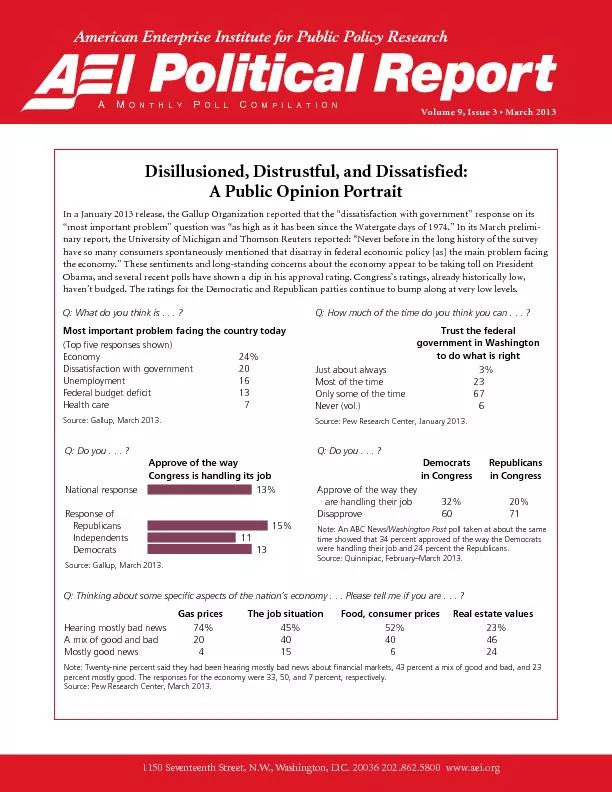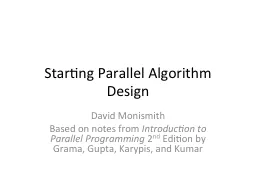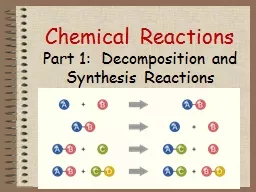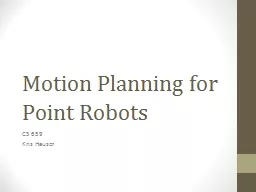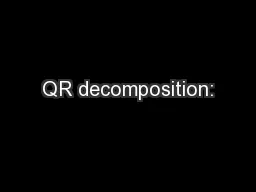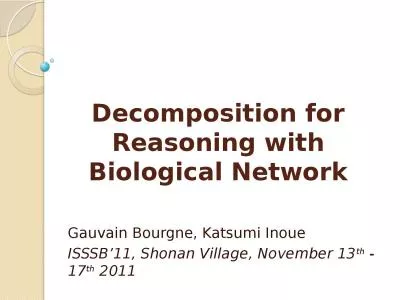PPT-Distrustful Decomposition
Author : tatiana-dople | Published Date : 2018-10-04
Engineering Secure Software Key Principles Principle of Least privilege Defense in Depth Obviously No Vulnerabilities vs No Obvious ie Assume they get past that
Presentation Embed Code
Download Presentation
Download Presentation The PPT/PDF document "Distrustful Decomposition" is the property of its rightful owner. Permission is granted to download and print the materials on this website for personal, non-commercial use only, and to display it on your personal computer provided you do not modify the materials and that you retain all copyright notices contained in the materials. By downloading content from our website, you accept the terms of this agreement.
Distrustful Decomposition: Transcript
Download Rules Of Document
"Distrustful Decomposition"The content belongs to its owner. You may download and print it for personal use, without modification, and keep all copyright notices. By downloading, you agree to these terms.
Related Documents



